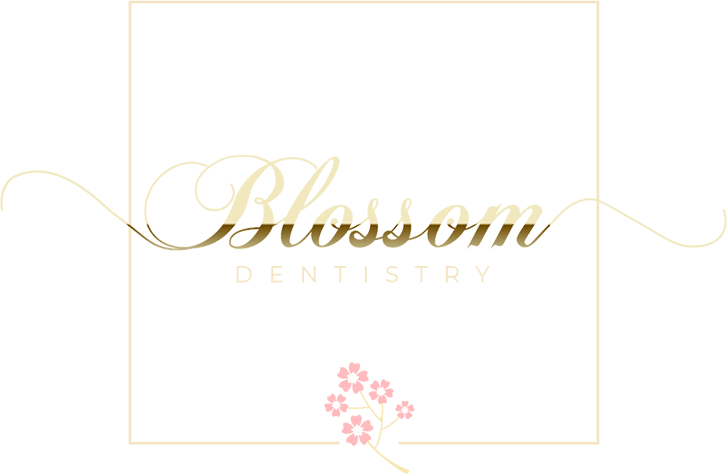
Blossom Dentistry provides dental crowns & bridges in the Foggy Bottom neighborhood of Washington, DC where various dental procedures, including dental crowns, are performed. Call us today at 202-922-2900 to schedule an appointment.
Dental Crowns
If a tooth structure is too damaged for a filling, we use dental crowns to restore function and appearance to damaged or decayed teeth. While dental crowns replace more of the tooth than a filling, they still allow us to save most of the natural tooth structure, including the root. This is important because by retaining the root, we can prevent bone loss in the jaw.
In the past, crowns meant having noticeable metal caps on your teeth, but now, we have more aesthetic options that look completely natural. If aesthetics aren’t a concern, as is sometimes the case with molars and other teeth that aren’t visible when you smile, we can provide durable crowns made with metal alloys. No matter what your needs, Blossom Dentistry has an option that’s right for you.
Common types of crowns include:
Ceramic
These crowns are ideal for repairing damage to teeth, when esthetics is a concern. They are made with tooth-colored ceramic that looks completely natural. When you smile, no one will guess that you have a crown. Ceramic crowns have really progressed over the years and can be used in all areas of the mouth.
Porcelain Fused to Metal
A popular option for many years, this type of crown has the natural appearance of a ceramic crown and the strength of metal alloy crowns for a result that is functional, durable, and aesthetic.
Gold Alloys
Crowns made with gold alloy are most commonly used to replace molars because they are the strongest material available. They are especially suited for patients who have a history of teeth grinding.
Base Metal Alloys
A base metal alloy crown is made with a combination of metals for a restoration that stands the test of time. These crowns are resistant to corrosion and often used when existing tooth structure is insufficient to support a ceramic or porcelain crown.
Dental Bridges
While crowns are used to restore damaged teeth, dental bridges restore teeth that are missing, providing a solution for patients with missing teeth. A bridge serves to bridge the gap in your smile by using two abutments on adjacent teeth to hold one or more pontics (replacement teeth) in place.
Common types of bridges include:
Traditional Dental Bridge
A traditional dental bridge is the most frequently used type of bridge. It involves placing two crowns on adjacent teeth to serve as abutments in order to hold one or more pontics.
Cantilever Bridge
While a traditional bridge is supported on two sides, a cantilever bridge is only supported by one abutment. This is most often used when a third molar is missing or in any other situation where there is only one adjacent tooth that can be used for support. Cantilever bridges can cause damage to the supporting tooth, so they are only used when there are no alternatives.
Implant Supported Bridge (Dental Implants)
Implant-supported bridges are similar in structure to a traditional bridge, with the primary difference being that these bridges are supported by dental implants rather than crowns. The process involves surgically inserting an implant post into the jaw and then attaching an abutment to secure the dental crown to the implant, providing a natural and functional replacement for a missing tooth. This helps preserve the jaw bone, prevents bone loss, and results in a strong restoration, thereby improving overall oral health.
Maryland Bridge
Also known as resin-bonded bridges, a Maryland bridge is an economical solution that uses a porcelain or metal framework to hold a bridge in place instead of crowns or dental implants. This framework is attached to the abutment teeth with dental cement, but it is not as strong as other types of bridges.
